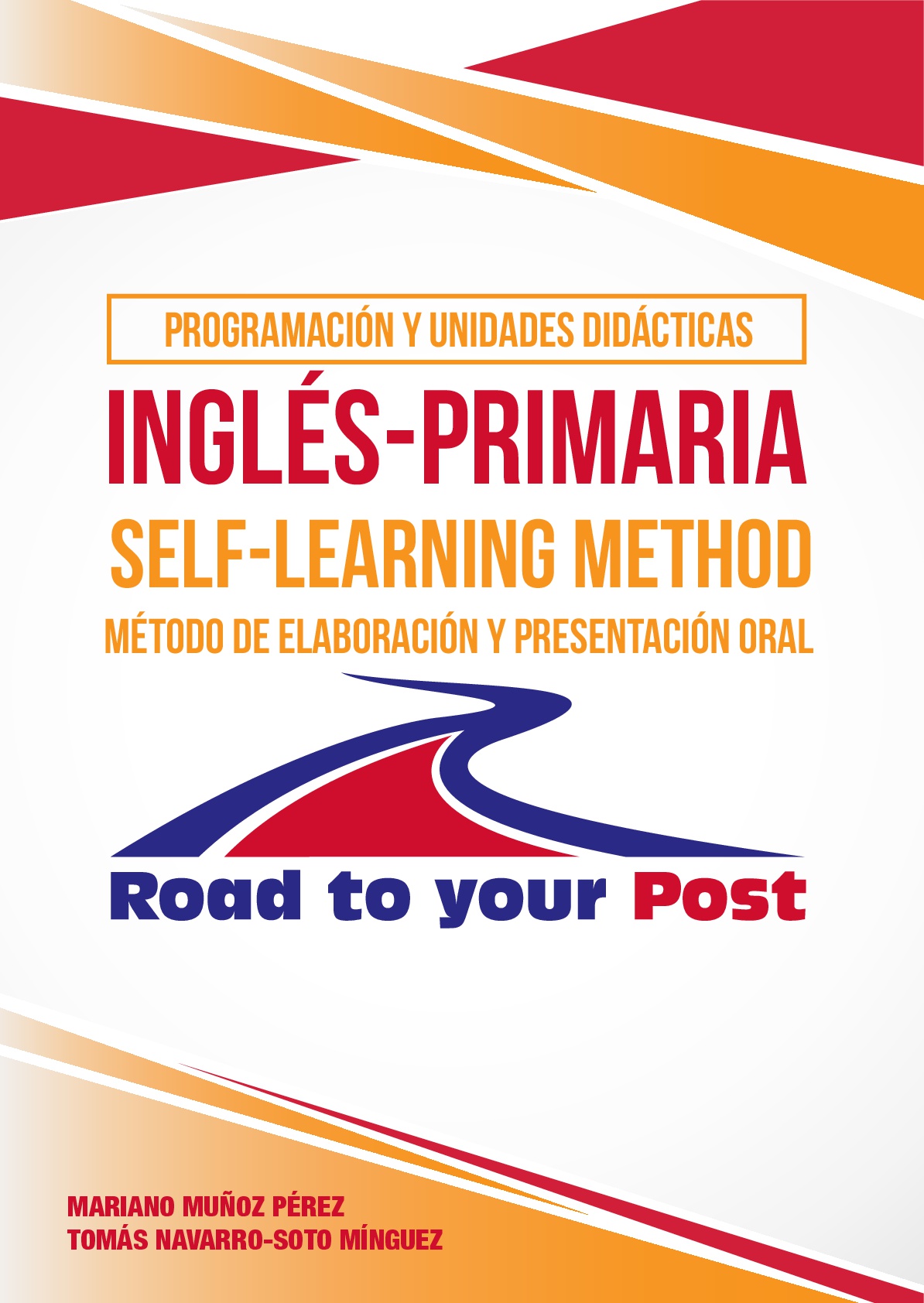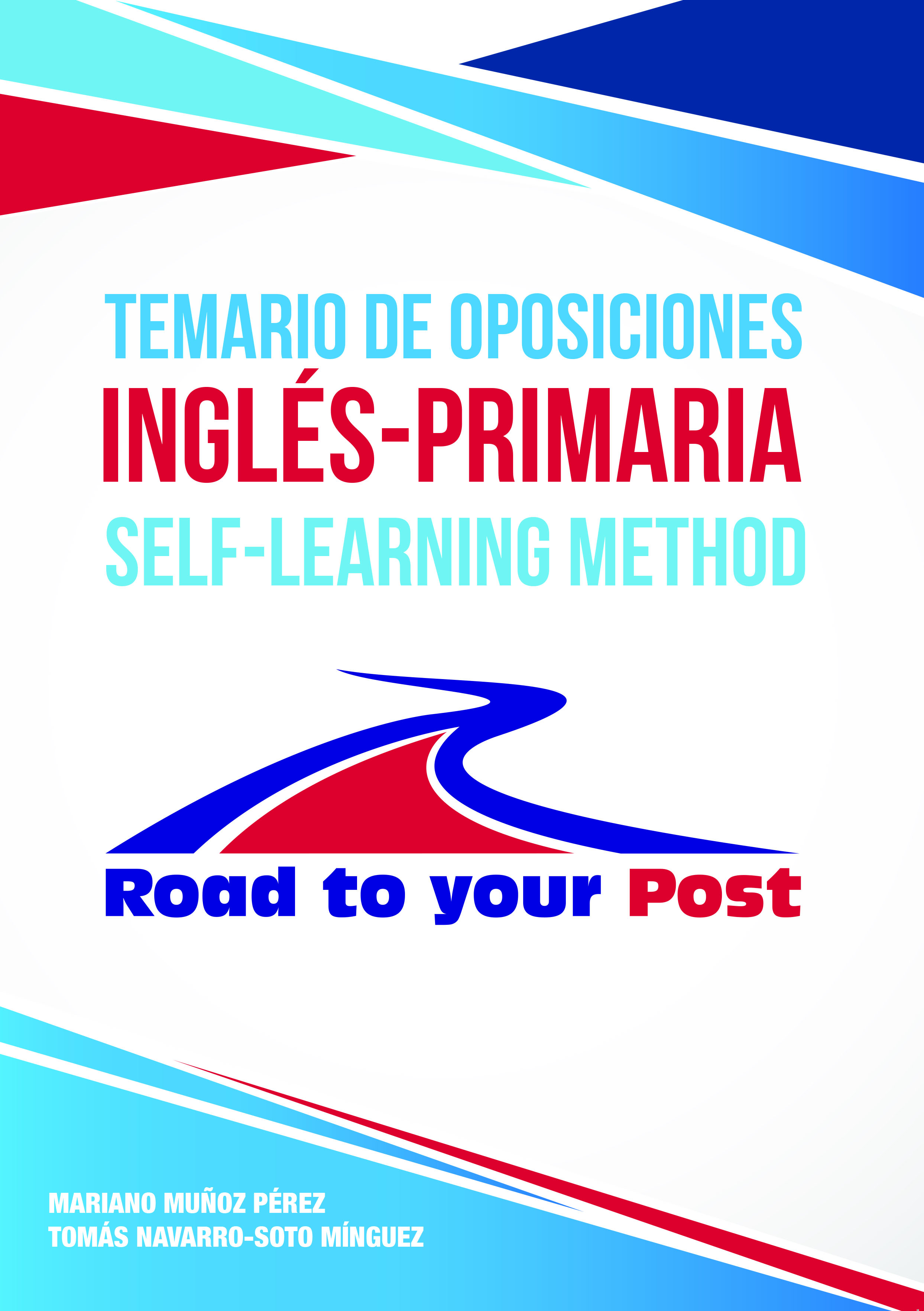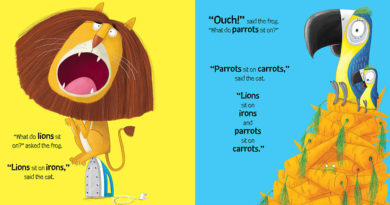Exploring the student`s motivation in the EFL class. Mary Poppins returns.
Exploring the student`s motivation in the EFL class. Mary Poppins returns.
Source: Mary Poppins returns «Sing for us»! Clip (Youtube) -By: Flicks and the city clips.
Motivation. (Text extracted from: Programación y Unidades Didácticas. Método de elaboración y presentación oral).
The word motivation usually refers to the forces that act together for the arousal, selection and continuation of behaviour towards a goal. In this sense, motivation is a goal-directed behaviour that serves as driving force to achieve goals.
There is little doubt amongst teachers that motivation plays a crucial role in FLL and by extent, in any type of learning; in fact, in a majority of cases, motivated students can achieve a working knowledge of FLL regardless of their aptitude and cognitive characteristics (Dörnyei, Z. 2001). He identifies three indispensable motivational conditions…
Competence relations:
C1 Linguistic communication competence: the linguistic factor is inherent to our area, and thus we should always strive for a real communicative benefit, because English contributes in a direct way. In this example, it seems clear that children will use English with the purpose of creating a real and creative product. Motivation is at the heart of any creative and cooperative work on the part of children, and certainly the cornerstone for a successful learning experience. In our view, the marketing campaign supposes a hooking product in itself, since the children will perceive the relevance of the product from the very beginning. There is nothing like giving children responsibilities and attractive challenges to arouse their willingness to participate.
In this unit, this competence is enhanced when children:
-Find the English lexis to describe monuments, important buildings, leisure time spaces like parks and so on.
-Write scripts for interviews and oral presentations.
-Rehearse the TV documentary to be recorded in different locations (digital video tools).
-Creation of a comic representing the history of the town.
Page 49
…3.5.1 General methodological strategies.
We have already advanced in the preceding section on KC some of the keywords that identify a “competency-friendly” methodological approach: motivation, cooperative learning, interactive and dynamic strategies, contextualised learning, adequate materials and resources, weight of ICT and coordination amongst teachers. Similarly, we should have come to the conclusion that the competency approach is not a personal option but a “compulsory way” to focus our programming, as stated in Order ECD/65/2015.
In order to shed some light on the theory that shall define our actions as teachers, we shall now spell out some of the concepts to make up our proposal. However, these guidelines are “facilitating tools” that may work according to our ability to put them into practice. The programming models in the next chapter exemplify how to mobilise these principles in a FL syllabus, in the conviction that they shall inspire the best possible version of yourself. Without further delay, let us get familiar with the methodological backbone on which to construct your original programming:
More information:
www.oposicionesingles.com
https://shop.oposicionesingles.com/
Follow us: https://www.facebook.com/OposicionesInglesRP/
More about Road to your Post: oposicionesingles.com
Text extracted from: Temario de oposiciones Inglés-Primaria.

Topic 2
COMMUNICATION IN THE FL CLASS: VERBAL AND NON-VERBAL COMMUNICATION. EXTRALINGUISTIC STRATEGIES: NON-VERBAL REACTIONS TO MESSAGES IN DIFFERENT CONTEXTS.
…
Psychological Factors in the Classroom
If we consider the students’ age in Infant and Primary Education, there are certain aspects or characteristics of their evolution phase to be taken into account, so that communication and learning can be effective in the FL class:
– Due to their age, we should not create anxiety and inhibitions by organising group dynamics where they can feel more confident: pair-work and groupwork.
– The child’s cognitive development has to be taken into account, so that they are not required to do something they are not capable of, with the subsequent increase of frustration and the lack of motivation.
– Young students (especially in Infant Education) look for immediate results. Tasks, therefore, should be short, active and with a level of difficulty slightly higher than their comprehension level. That is the so called Zone of Proximal Development. Besides, students usually like ‘learning by doing’ and they get bored if the activity lasts too long.
– The development of communicative skills takes place if learners have motivation and opportunities to express their own identity and to relate with the people around them. It therefore requires a learning atmosphere which gives them a sense of security and value as individuals.
– This importance of learning by being active and doing something is clearly stressed in young learners, as they need to move round the classroom. Thus it is convenient to implement activities requiring some sort of physical exercise (e.g. clapping, miming, and the like).
So far we have considered Communication in the FL class and the different factors intervening in this process. Communication, however, is not just carried out through verbal aspects, but rather extralinguistic elements play an essential role in communication, both in the mother tongue and in a FL, as we shall now see.
TOPIC 4.
VALUING THE KNOWLEDGE OF FOREIGN LANGUAGES AS AN INSTRUMENT OF COMMUNICATION BETWEEN PEOPLE AND PEOPLES. INTEREST IN LINGUISTIC DIVERSITY THROUGH THE KNOWLEDGE OF A NEW LANGUAGE AND ITS CULTURE
2. VALUING THE KNOWLEDGE OF FOREIGN LANGUAGES AS AN INSTRUMENT OF COMMUNICATION BETWEEN PEOPLE AND PLEOPLES
The next point to be developed in this paper makes explicit reference to the appreciation of the FL as a useful instrument to communicate, solve problems, face tasks, and the like. Notwithstanding, getting learners to see this usefulness; and what is more, getting them to develop a taste for the FL area may turn into a hard nut to crack, unless we consider that it is the teacher´s role to motivate students and create the appropriate conditions for this kind of practical learning to take place.
In the field of FLL, motivation is widely recognised as one of the key factors that determine the learners´ attainment of the intended goals; in this case, the development of a certain degree of communicative competence. Indeed, motivation serves as the driving force that permits teachers generate learning and helps learners sustain the long and usually hard journey of acquiring a FL. In this sense, the word “motivation” is typically defined as the forces that account for the arousal, selection, direction, and continuation of behaviour; or in other words, the factors within an individual which arouse, maintain and channel behaviour towards a goal.
On the other hand, experienced FL teachers are aware of the fact that children do not come to the English lessons like blank sheets of paper; but rather they have views about and attitudes towards learning English. According to Moon (2000), these …
More information:
www.oposicionesingles.com
https://shop.oposicionesingles.com/
«Everything is possible»





